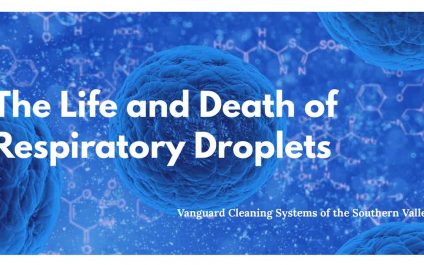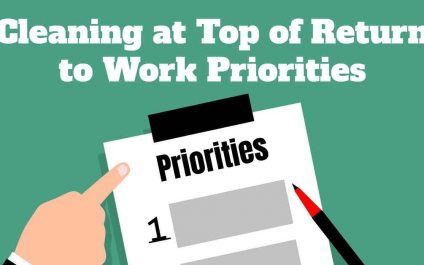Over the course of the pandemic, hand hygiene compliance at the workplace and in public venues skyrocketed, but recent data suggests that may be waning as the pandemic winds down and fears regarding the spread of illness abate.
Post-COVID Changes to Hand Hygiene
During the COVID pandemic, surveys suggested extremely high hand hygiene compliance among respondents across all demographics.










